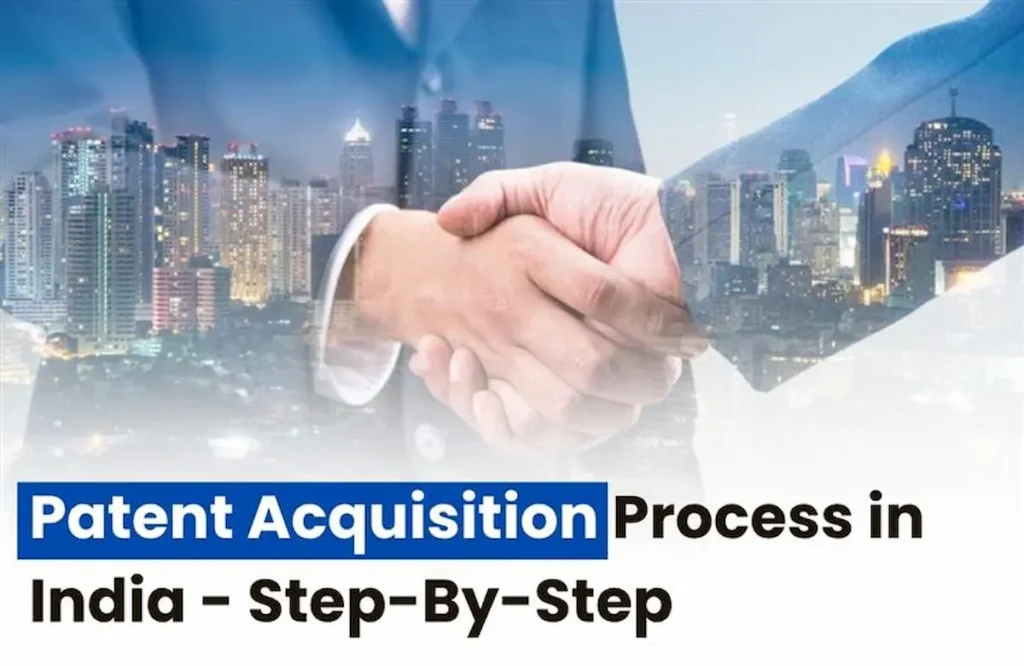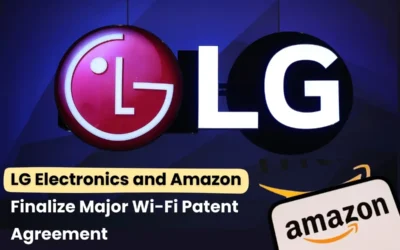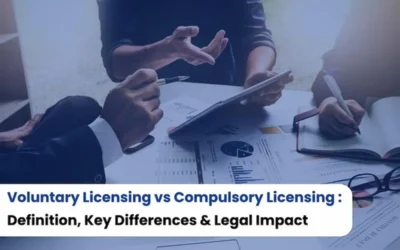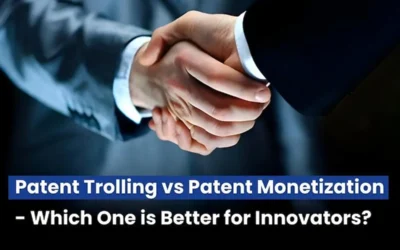
In today’s world, patents play a vital role in driving business growth and innovation. Owning a patent doesn’t just protect your invention — it can also open up opportunities to earn revenue in the future. As a business owner, there are several ways to gain rights over a patent, and this process is known as patent acquisition. However, for beginners, navigating the patent acquisition process can be challenging and full of potential mistakes. If you want to understand how to acquire patent rights the right way and make the most of your innovation, keep reading.
What Is the Patent Acquisition Process and How Does It Work?
Patent acquisition is the process through which an individual or a company gains the legal rights to a patent. This can be done in several ways — by patent filing and registering a new invention, or by purchasing or licensing an existing patent from another owner. Through patent acquisition, a person or business gains the authority to use, produce, or sell the patented technology and can prevent others from doing so. This not only protects innovation but also adds significant value to a company’s intellectual property (IP) portfolio.
Based on how the rights are obtained, patent acquisition can be divided into two main types:
- Direct acquisition: You invent something new and file a patent application under your name or your company’s name.
- Indirect acquisition: You can buy an existing patent outright from another inventor or company.
How Does the Patent Acquisition Process Work from Start to Finish?
Patent acquisition is a lengthy and complex process that must be followed carefully, step by step. It can be carried out in two ways — by filing a new patent for your own invention or by acquiring (buying or licensing) an existing patent from another owner. In both cases, the main goal remains the same: to gain legal rights and ownership of the patent.
Identify or Develop an Invention – Start with an original idea or product that’s new, useful, and innovative.
- Conduct a Patent Search – Check if your invention or the one you want to acquire is already patented. Use tools like InPASS or Google Patents.
- Evaluate Patent Value and Ownership – Review the patent’s market potential, remaining validity, and ownership details before proceeding.
- Choose the Acquisition Method – Decide whether to file your own patent (direct acquisition) or buy/license an existing one (indirect acquisition).
- File a Patent Application – If filing a new patent, submit the required forms.
- Negotiate and Draft Agreements – If buying or licensing, agree on payment terms, duration, and usage rights with the patent holder.
- Register the Ownership – File Form 16 with the Patent Office to legally record your ownership or license.
- Maintain and manage the Patent – Pay annual renewal fees, file Form 27 every three years, and monitor for any infringement.
Read Also: Best Ways to Sell a Patent: How to Get Maximum Value for Your Invention
What Are the Common Mistakes to Avoid During Patent Acquisition?
When going through the patent acquisition process, even small mistakes can lead to delays, financial loss, or legal problems. The most common mistakes are:
- Skipping a proper patent search before acquisition.
- Failing to verify the actual ownership of the patent.
- Ignoring legal documentation or not registering the transfer with the Patent Office.
- Missing renewal or maintenance fee deadlines.
- Overlooking existing licenses or restrictions linked to the patent.
- Proceeding without professional guidance from a patent expert or lawyer.
Avoiding these mistakes ensures a smoother and legally secure patent acquisition process.
Read Also: New AI Patent Licensing Body Starts $100 Million Enforcement Dri
Conclusion
Patent acquisition plays a crucial role in protecting innovation and turning ideas into valuable assets. Whether you choose to file your own patent or acquire one from another owner, understanding the process helps you make informed and strategic decisions. With the right approach, proper research, and attention to detail, patent acquisition can not only safeguard your invention but also open new opportunities for growth, collaboration, and long-term success.









